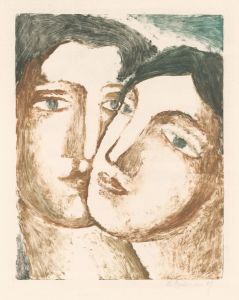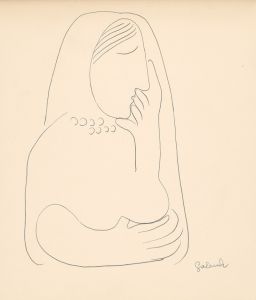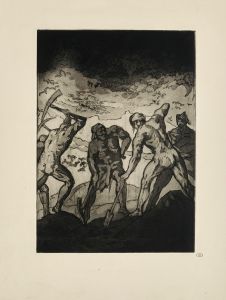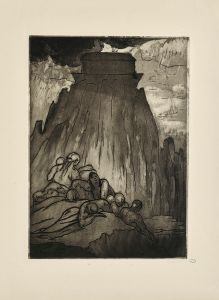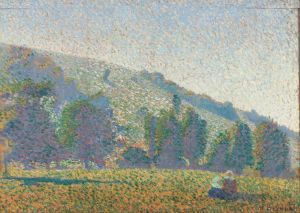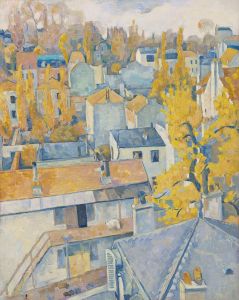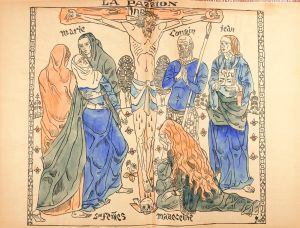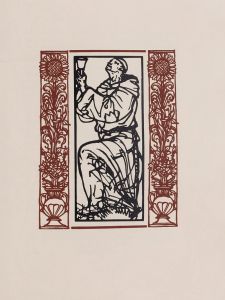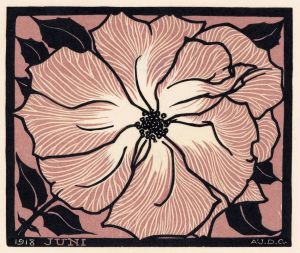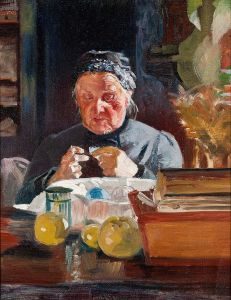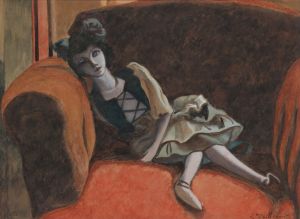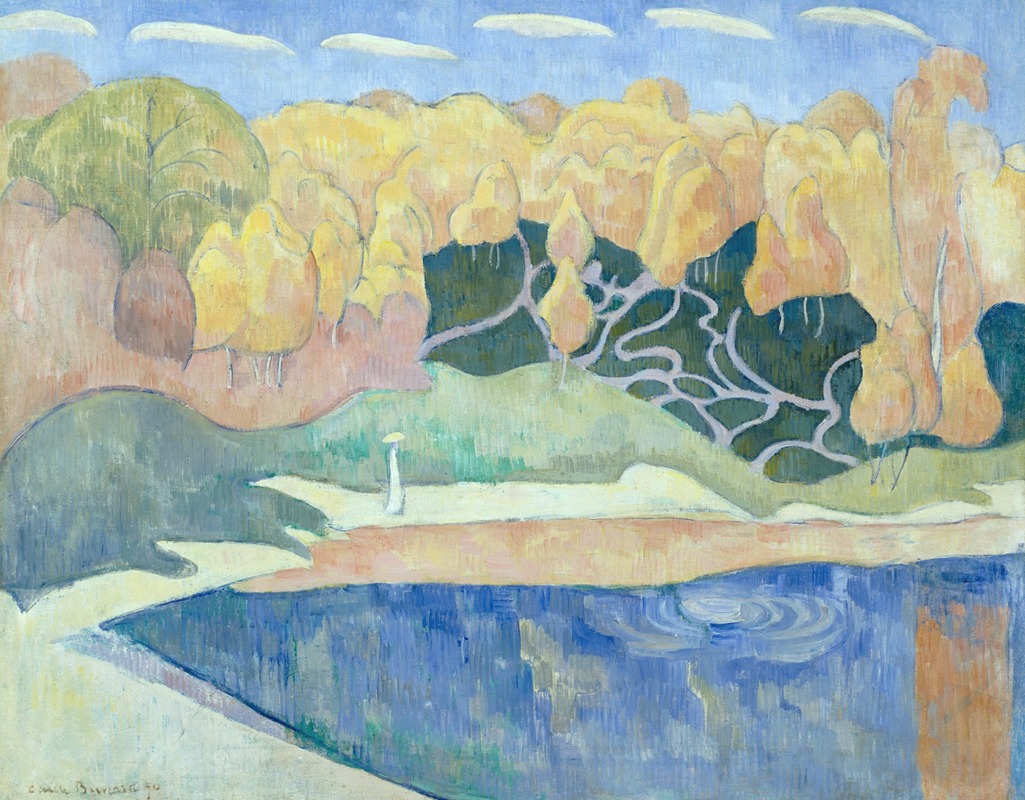
Woman Walking on the Banks of the Aven
A hand-painted replica of Emile Bernard’s masterpiece Woman Walking on the Banks of the Aven, meticulously crafted by professional artists to capture the true essence of the original. Each piece is created with museum-quality canvas and rare mineral pigments, carefully painted by experienced artists with delicate brushstrokes and rich, layered colors to perfectly recreate the texture of the original artwork. Unlike machine-printed reproductions, this hand-painted version brings the painting to life, infused with the artist’s emotions and skill in every stroke. Whether for personal collection or home decoration, it instantly elevates the artistic atmosphere of any space.
"Woman Walking on the Banks of the Aven" is a painting created by the French artist Émile Bernard in 1892. Bernard was a prominent figure in the Post-Impressionist movement and is known for his contributions to the development of Cloisonnism and Synthetism, styles characterized by bold outlines and flat areas of color. These styles were influential in the late 19th century and were part of a broader movement that sought to break away from the naturalism of Impressionism.
The painting depicts a serene scene along the Aven River, located in Brittany, France. This region was a popular destination for artists during the late 19th century, particularly the village of Pont-Aven, which became an artist colony. Bernard, along with other artists such as Paul Gauguin, frequented this area, drawn by its picturesque landscapes and the simplicity of rural life.
In "Woman Walking on the Banks of the Aven," Bernard employs his signature style, using strong outlines to define the forms within the composition. The painting features a woman walking along the riverbank, surrounded by lush greenery and the tranquil flow of the river. The use of color is notable, with Bernard applying flat, unmodulated areas of color to create a sense of harmony and balance within the scene. This approach reflects the influence of Japanese prints, which were highly regarded by many artists of the time for their compositional simplicity and use of color.
Bernard's work during this period was characterized by a departure from the detailed, realistic representation of subjects. Instead, he focused on capturing the essence and mood of a scene through simplified forms and a limited color palette. This method was part of a broader artistic movement that sought to convey emotional and symbolic content rather than mere visual accuracy.
The painting is also significant for its reflection of Bernard's interest in the everyday life of rural Brittany. The figure of the woman, depicted in traditional Breton attire, highlights the artist's fascination with local customs and the timeless quality of rural existence. This focus on regional identity and cultural heritage was a common theme among artists associated with the Pont-Aven School.
"Woman Walking on the Banks of the Aven" is an example of Bernard's mature style, showcasing his ability to blend elements of symbolism with a keen observation of nature. The painting remains an important work within the context of Post-Impressionism and continues to be studied for its innovative approach to color and form.
Émile Bernard's contributions to the art world extend beyond his paintings, as he was also a writer and theorist who engaged in discussions about the direction of modern art. His collaborations and exchanges with other artists, including Vincent van Gogh and Paul Cézanne, further underscore his role in the evolution of artistic movements during this dynamic period in art history.





